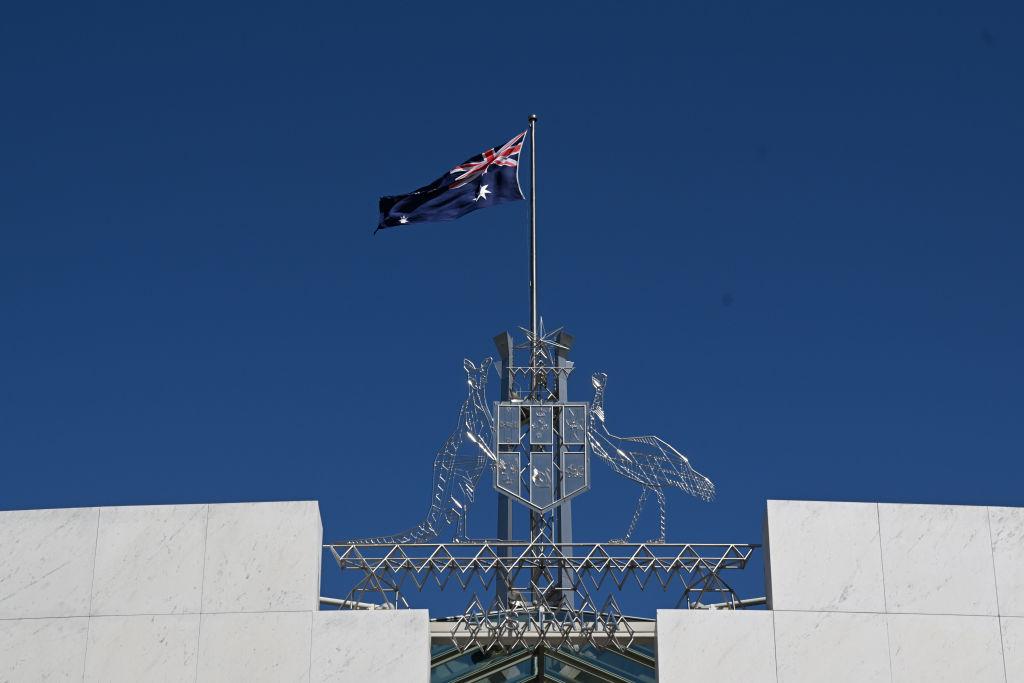Australia’s diplomatic footprint remained undersized relative to its economic weight, with its network having a similar size to Portugal, Chile, and Pakistan, a think tank report has shown.
The Global Diplomacy Index, launched in 2016 by the Lowy Institute, aims to provide insights into countries’ official overseas presence, and where they sought to wield it to build influence.




